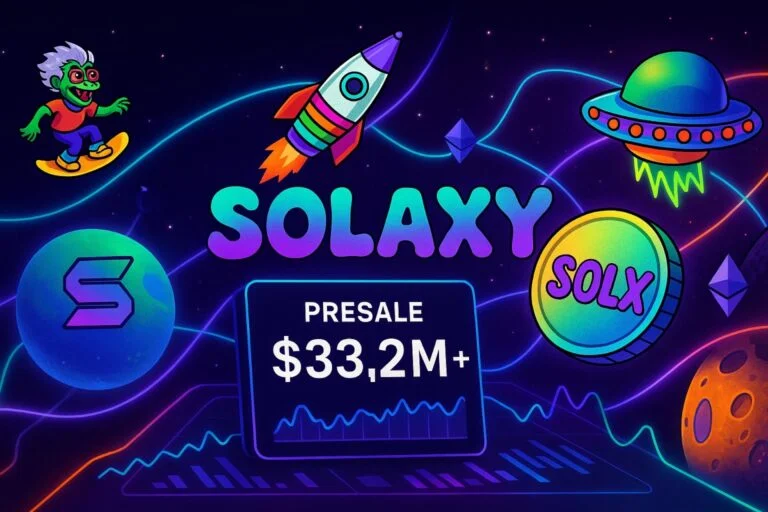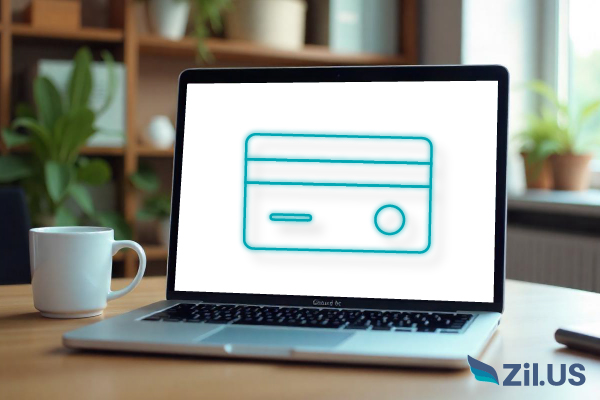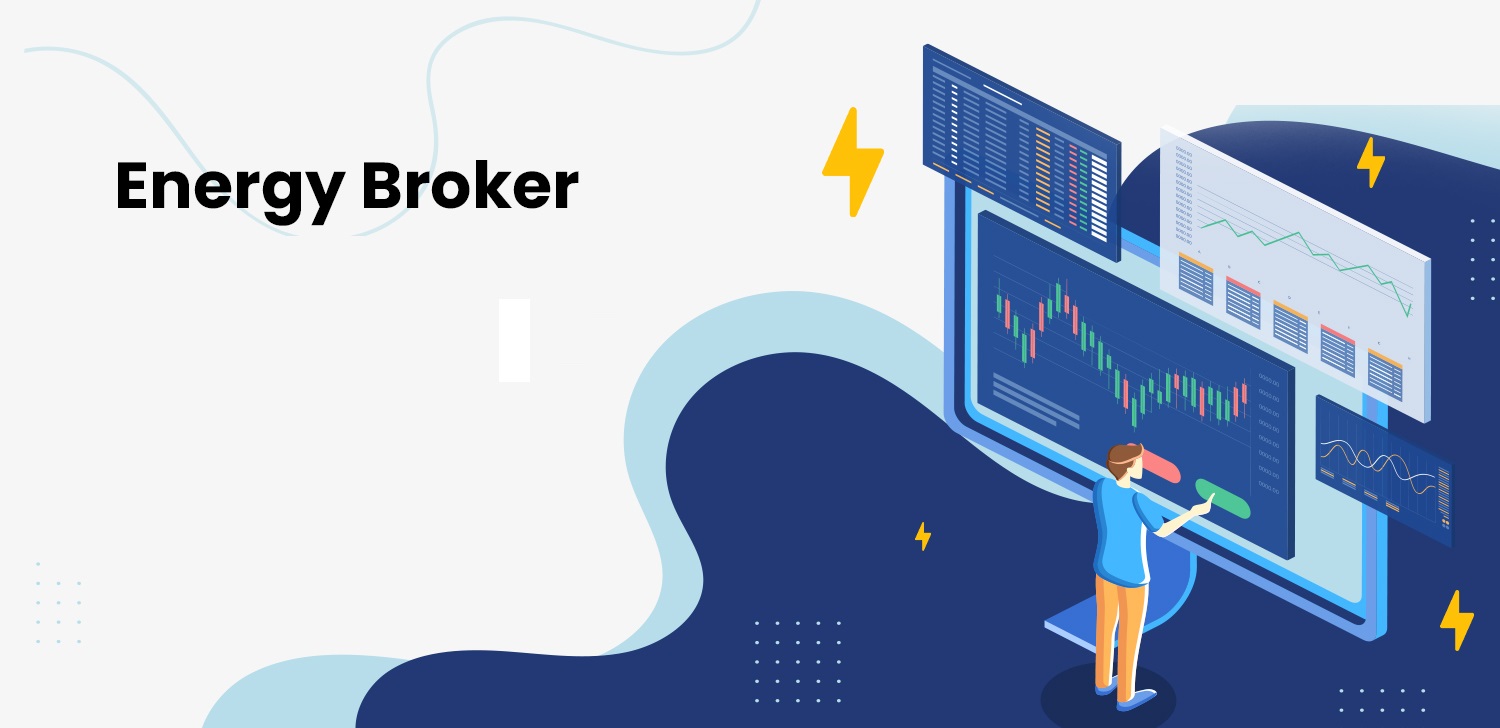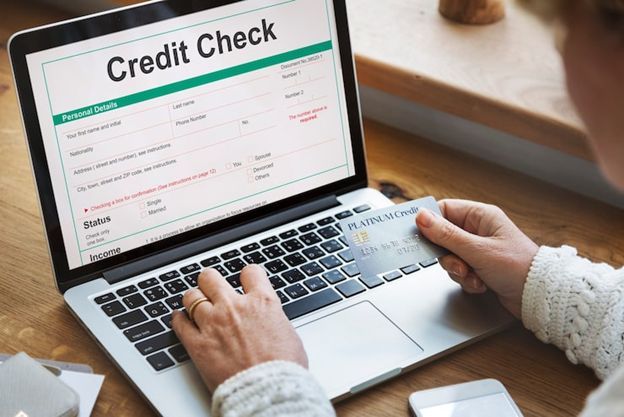It makes sense that for an outsourcing experience to go smoothly for an accounting firm, they must do plenty of research before selecting a provider, and ensure that due diligence is carried out.
That said, with so many outsourced service providers out there, and so many offering the same types of services with the same advantages, it can be hard to decide which one will be the best to team up with.
To help you decide which tax outsourcing services would be the right fit for your firm, here are some dos and don’ts you might want to try and abide to when creating a shortlist:
Do
- List all available firms and narrow it down to those that appear to best meet your needs.
- Carry out some basic research on each one, and compose a shortlist; remembering to check reviews and feedback from previous clients. It’s important not to skip this aspect of the selection process, or fail to give it enough significance; if you do, you may end up regretting your decision and ending up right back at square one again.
- Decide which one gets the most positive results, and would appear to meet your needs best.
- Check your chosen provider’s website and business listing extensively to reaffirm your decision. It’s always a good idea to check any certifications that they’ve listed, so that you can be sure they’re legitimate within the industry.
- Reach out to them; telling them your requirements and what you expect from them.
- Take a free trial period if it’s offered to you.
- Discuss your communicatory preferences, such as how you will communicate and how often.
- Enter into talks regarding a contract, making sure that all of your needs are met first.
- Talk about payment methods, and choose to pay only when work has been completed and received.
Don’t
- Make the mistake of not properly defining the goals of your project.
- Put all of your confidence into a firm with little experience.
- Scrimp on research; you can never carry out enough!
- Make an advance payment; wait until you’ve received evidence of the standard and punctuality of their work, before paying.
- Let communication fall by the wayside. Constant communication is the only way to enjoy true success from outsourcing.
- Neglect follow-ups on work allocated to the outsourcing team. While they likely won’t appreciate you virtually standing over them while they work, you have every right to keep on top of their assignments, and question them if tasks aren’t being completed on time, or to a high enough standard.
There’s no reason why your accounting firm can’t enjoy a smooth experience with tax preparation outsourcing services, provided you adhere to the dos and don’ts listed above. Do your research, ask around, and make sure everything reads, sounds and looks right, before even contemplating signing a contract. Because while the wrong decision can cost you dearly, the right one can literally turn things around for your firm, with extensive cost and time savings, and clients that are more deeply satisfied.


















